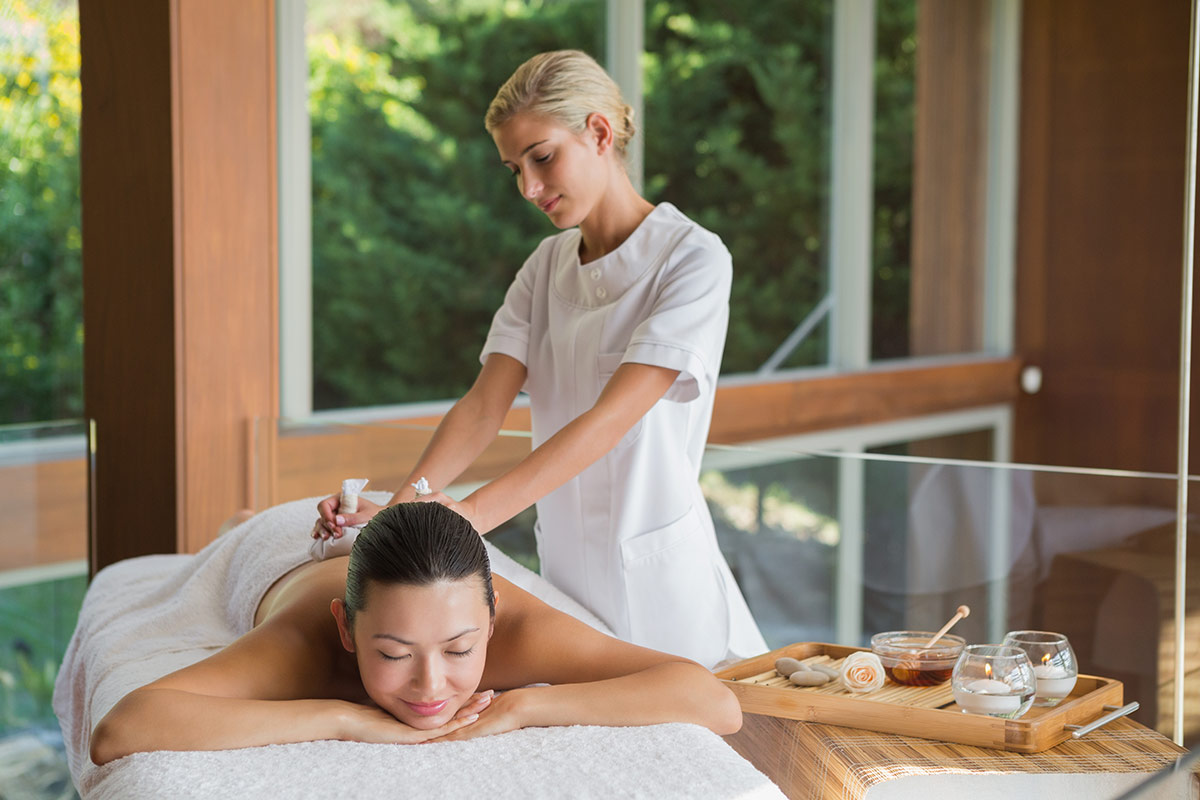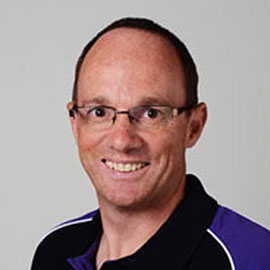Beginning your adventure as a massage therapist includes a period of making sure your clinic is in line with all the relevant safety and legal procedures, before you can start getting to work helping people to feel better.
The massage therapy business has a series of qualifications, standards, rules, and regulations that you’ll have to know about; they’re not only necessary from a legal standpoint though. They’re also vitally important to gaining a reputation as a well-run and standout clinic.
If you’ve always had more of an eye for the practical side of massage, rather than the business management side – don’t fret! There’s a few very simple steps to take that will cover most of your bases, and we’ve put together a resource to help you get there.
1. Getting the right qualifications
Discover Massage Australia offers everything you could need to become a fully qualified massage therapist – and we make it easy, with weekend courses and higher diploma-level certifications available.
As part of this process, you’ll need to also register an Australian Business Number (ABN). This is a very simple process, and you can be accepted almost instantly with the correct setup, entirely for free.
2. Abiding by the Code of Ethics
Click on this link. It’s a link to Massage and Myotherapy Australia, which outlines key points on every facet of the massage therapist occupation. You should study this guide intently, because it covers demeanour, legality and boundaries; three very tricky and easy to trespass upon parts of your career.
As a general rule, the first rule of ethics in every single client-focused situation that you are in as a massage practitioner is to respect and honour the customer. The primary decision-maker in the majority of your treatment, inter-personal relationships, and your overall conduct must be in favour of the client.
Remember to:
- Respect patient and client information, and don’t disclose anything undisclosable by law to any other person.
- Maintain a professional patient and practitioner relationship, with acceptable boundaries.
- Keep accurate records.
- Maintain appropriate standards of cleanliness for your establishment.
- Continue to keep in touch with emergent best practises for all of the above at an educational level.
3. The premises
For your massage premises, general business rules apply. Location, market, advertising of premises and determining your target market in the area are all important things you’ll have to search for to find the perfect shop front.
Once you’ve done that, and chosen your furnishings, the most important part is upkeep. As a place of healing, of relaxation, and a professional establishment, you’re expected to have a rigorous approach to cleanliness and germs. Anything less than the highest standards of hygiene won’t just look bad, it will lose you any client who sets foot in your premises.
On top of that, you should attempt to play to your strengths. Decorate and design in a way that accentuates the core values of your business.
4. Having the right insurance
As a massage therapist, you’re definitely going to need insurance. This is less of an optional extra, and more of a precise necessity in today’s world.
As a matter of course, you’ll be handling confidential and specific information, and engaging in procedures that have the risk of causing pain or discomfort to people, as well as providing direct care to people. On top of that, there’s the simple issue of people’s comfort in various states of disrobing, potential embarrassments that can occur on that front, general mishaps around the workplace, as well as working with chemicals and proposing treatment.
This is a veritable cornucopia of bad things waiting to happen for an unlucky practitioner. The absolute best massage therapist in the world can slip and cause injury, and the wrong combination of events could see you in a world of legal pain – if you don’t have the right kind of insurance.
Finding insurance is easy enough. On completion of Discover Massage Australia’s Certificate in Whole Body Massage, students can obtain insurance from the International Institute for Complementary Therapists and the Massage Association of Australia, who specialise in providing insurance products and resources that real therapists in the industry actually need.
5. Study all the resources you can get your hands on
One of the best resources you can study is the Association of Massage Therapists (separate from the Australian Association of Massage Therapists) Code of Practise Guide. This is a 70 page document outlining all the nitty gritty and specifics that you’ll need to continue your journey as a practitioner of massage therapy. Study it closely and study it well.
Do all the research you can
In the massage industry, it’s important to always keep learning and keep improving. If you’re planning on setting up a massage clinic of your own, it’s vital that you stay on top of all the necessary legislative safety procedures and guidelines that are in place. If you’re just beginning your massage journey and setting up your own clinic sounds like a dream, take a look at Discover Massage Australia’s range of flexible, in-depth courses, including our online massage course.

